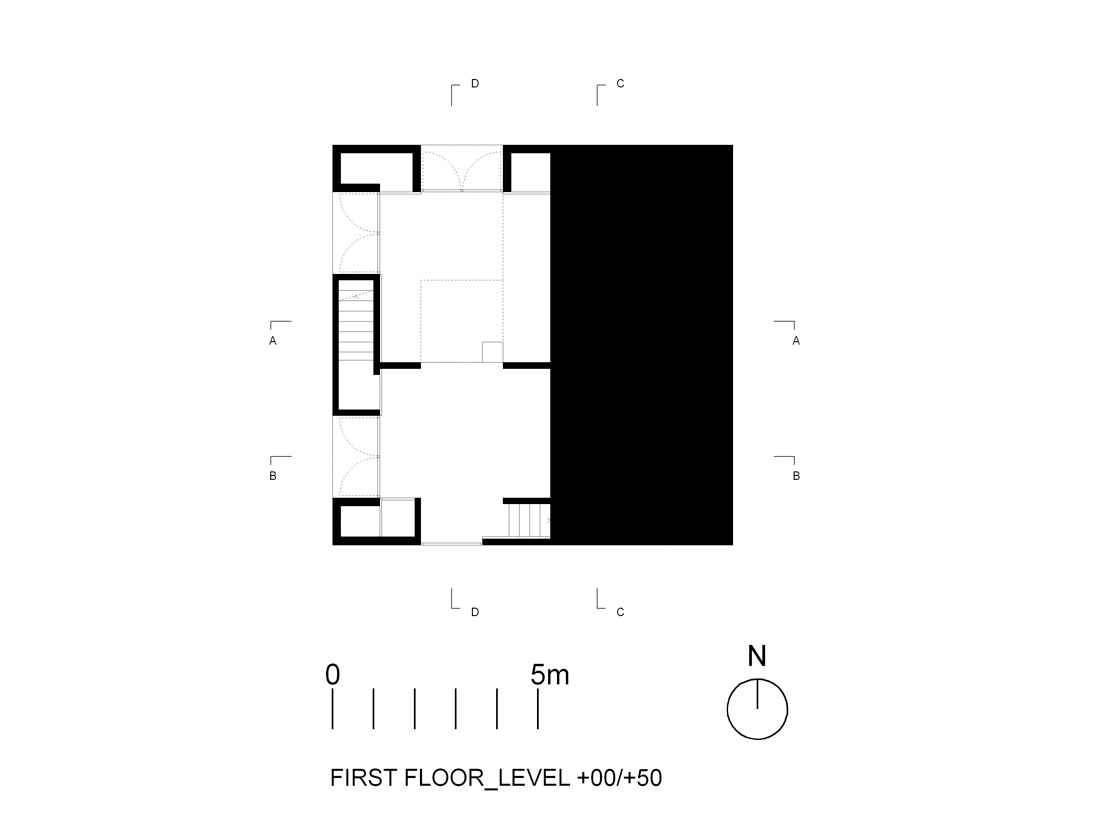
Architects: Pezo von Ellrichshausen
Location: Coliumo peninsula, Chile
Client: Poli House Cultural Center
Area: 180sqm
Site Area: 10.000sqm
Construction start: 2004
Completion: 2005
Contractors: PvE
Structural Engineer: Cecilia Poblete
Materials: Concrete, Glass
Budget: 370 US$ / m2
Photos: Cristobal Palma

The work is located on the Coliumo peninsula, in a rural setting scarcely populated by farmers, independent fishermen and a few summer tourists. It is a distant location that, we believe, is not far from the reality of the raw dream described by Martinez Estrada. There, a compact and autonomous piece was built in order to capture at least two things: the sensation of a natural podium surrounded by vastness and the dizzying and wide open space produced by the sight of the sea washing against the rocks at the foot of the cliffs.

The building functions both as a summer house and a cultural center. This established a contradictory use: the interior would have to mediate between a very public aspect and a more intimate and informal one. That is, it had to be both monumental and domestic without any of the negative aspects of either one affecting the other. Therefore, we decided not to name the rooms by function but instead to leave them nameless and functionless, just empty rooms with varying degrees of connection between them. Then we decided to organize all the service functions in an oversized perimeter (the functional width), inside a thick wall that acts as a buffer. That hollowed, empty space houses the kitchen, the vertical circulations, the bathrooms, the closets and a series of interior balconies that protect the windows from the sun (to the north) and the rain (to the west). If necessary, all the furniture and domestic objects can be stored inside the perimeter, freeing up the space for multiple activities.


The entire work was built with handmade concrete, using untreated wooden frames. The work was done with a small mixer and four wheelbarrows, in horizontal strata that matched the height of half a wooden board. We then used the same battered wood of the frames to line the interior and to build sliding panels that function both as doors to hide the services of the perimeter and as security shutters that cover the windows when the house is left alone.
By Nico Saieh — Via:archdialy








site plan

plan 04

plan 01

plan 02

plan 03

south facade

east facade

north facade

west facade

section d

section a

section b

section c


section axo

